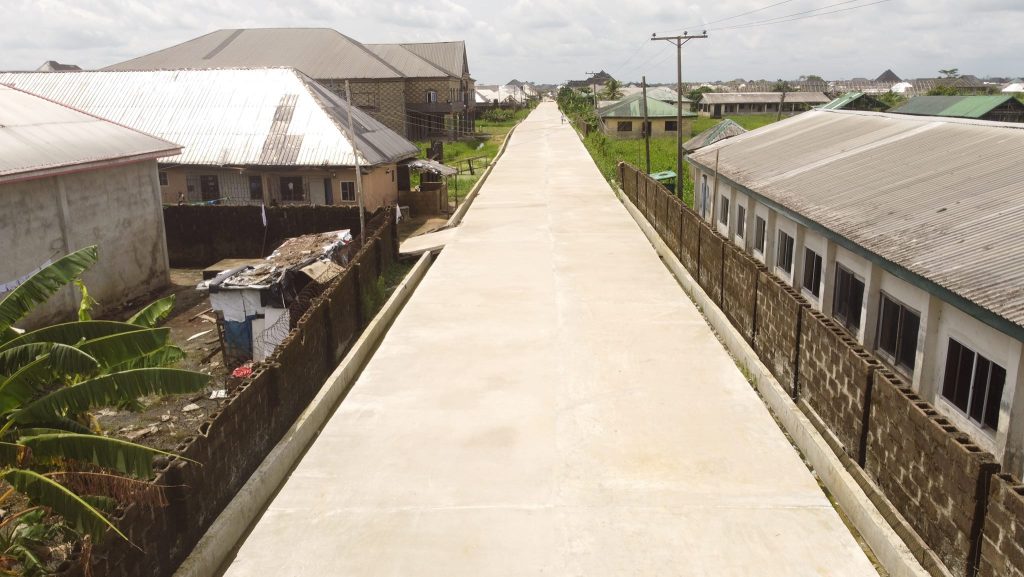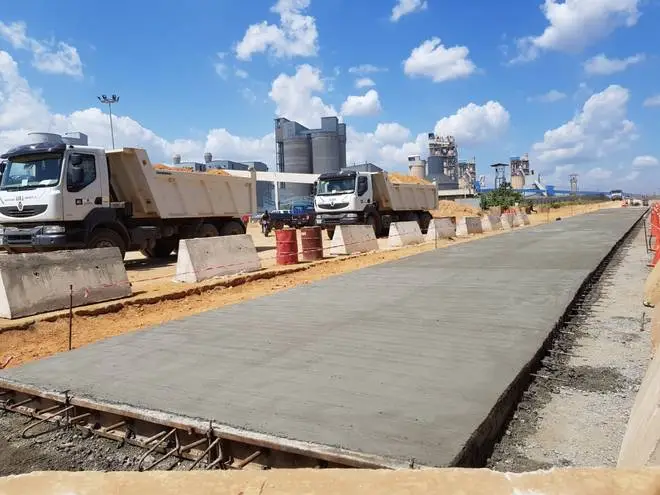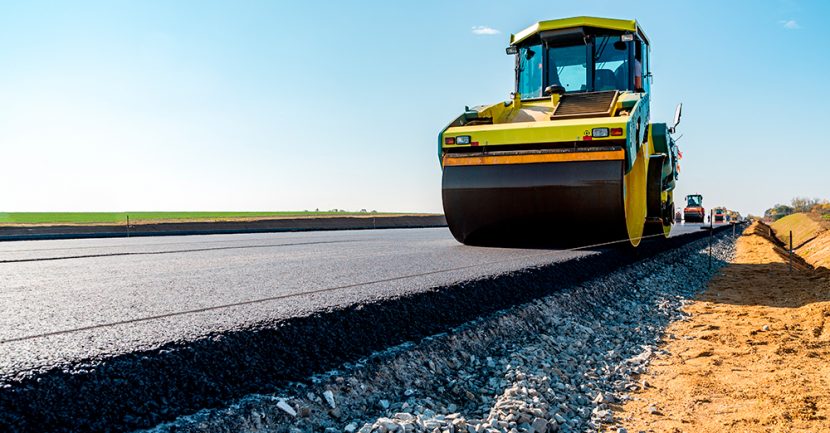Concrete pavement is a vital part of our transportation infrastructure, providing a safe and durable surface for vehicles to travel on. But have you ever wondered how concrete pavement is constructed and maintained? In this article, we’ll take a closer look at the process of building and caring for concrete pavement.

What is Concrete Pavement?
Concrete pavement is a type of pavement made from concrete, a mixture of cement, water, and aggregate (such as gravel or sand). It’s a popular choice for roads, highways, and airport runways due to its durability, low maintenance requirements, and ability to handle heavy traffic.
The Construction Process
Building concrete pavement involves several steps:
- Planning and Design: Engineers determine the pavement’s thickness, joint spacing, and reinforcement requirements.
- Site Preparation: The subgrade is prepared, ensuring it’s compact, stable, and level.
- Concrete Mixing and Placement: Concrete is mixed and placed, with proper finishing techniques applied.
- Curing and Protection: The pavement is cured, and protective measures are taken to prevent damage from traffic and weathering.
Benefits of Concrete Pavement
Concrete pavement offers several advantages:
- Durability: Concrete pavement can last 20-30 years or more with minimal maintenance.
- Low Maintenance: Concrete pavement requires less maintenance compared to asphalt pavement.
- High Load-Bearing Capacity: Concrete pavement can handle heavy traffic and loads.
- Resistance to Weathering: Concrete pavement resists damage from weathering, including freeze-thaw cycles.


Merits and Benefits of Concrete Pavement in Bayelsa State
The construction of concrete pavement in Bayelsa State, particularly in the Niger Delta terrain, offers numerous benefits:
- Improved Road Safety: Concrete pavement provides a smooth, durable, and skid-resistant surface, reducing the risk of accidents.
- Reduced Maintenance Costs: Concrete pavement requires less maintenance compared to asphalt pavement, resulting in cost savings for the government and taxpayers.
- Increased Economic Growth: Improved road infrastructure facilitates trade, commerce, and industry, stimulating economic growth and development in Bayelsa State.
- Job Creation: Concrete pavement construction projects create employment opportunities for local residents, contributing to poverty reduction and improved living standards.
- Environmental Benefits: Concrete pavement helps reduce the environmental impact of transportation by providing a smooth, durable surface that reduces fuel consumption and emissions.
Successful Concrete Pavement Construction Projects
Concrete pavement has been successfully constructed in various parts of the world, including:
- The United States: The Interstate Highway System, which spans over 47,000 miles, features extensive concrete pavement construction.
- Europe: Many European countries, such as Germany, France, and the UK, have successfully constructed concrete pavement for their highways and roads.
- Australia: The country’s highway network features significant concrete pavement construction, particularly in the states of New South Wales and Victoria.
Notable Projects in Africa
Concrete pavement construction has also been successful in various African countries, including:
- Nigeria: The Lagos-Ibadan Expressway features concrete pavement construction, providing a safe and durable road surface for commuters.
- South Africa: The country’s highway network includes extensive concrete pavement construction, particularly in the provinces of Gauteng and Western Cape.
- Egypt: The Cairo-Alexandria Desert Road features concrete pavement construction, providing a vital transportation link between the two cities.
Maintenance and Repair
While concrete pavement is durable, it still requires regular maintenance and repair:
- Joint Sealing: Sealing joints to prevent water infiltration and damage.
- Crack Repair: Repairing cracks to prevent further damage.
- Resurfacing: Applying a new layer of concrete to restore the pavement’s surface.
Further Insights
The thickness of concrete pavement typically varies based on the expected load and traffic. For highways and major roads, the thickness can range from 200 to 300 millimeters (about 8 to 12 inches). This thickness ensures that the pavement can withstand heavy vehicles and prolonged use without significant wear and tear.
In regions like Bayelsa State, where the terrain can be challenging due to the Niger Delta’s marshy conditions, proper subgrade preparation is crucial. Ensuring a stable and well-compacted base helps prevent settlement and cracking, which can be more pronounced in softer soils.
Moreover, advanced techniques such as the use of geotextiles and proper drainage systems can enhance the performance and longevity of concrete pavement in such challenging environments. These measures help manage water flow and prevent erosion, ensuring that the pavement remains durable and safe for many years to come.
Conclusion
Concrete pavement is a vital component of our transportation infrastructure, providing a safe and durable surface for vehicles to travel on. By understanding the construction process, benefits, and maintenance requirements of concrete pavement, we can appreciate the importance of this infrastructure and the efforts of the engineers, contractors, and workers who build and maintain it. In Bayelsa State, the construction of concrete pavement offers numerous benefits, including improved road safety, reduced maintenance costs, increased economic growth, job creation, and environmental benefits.







